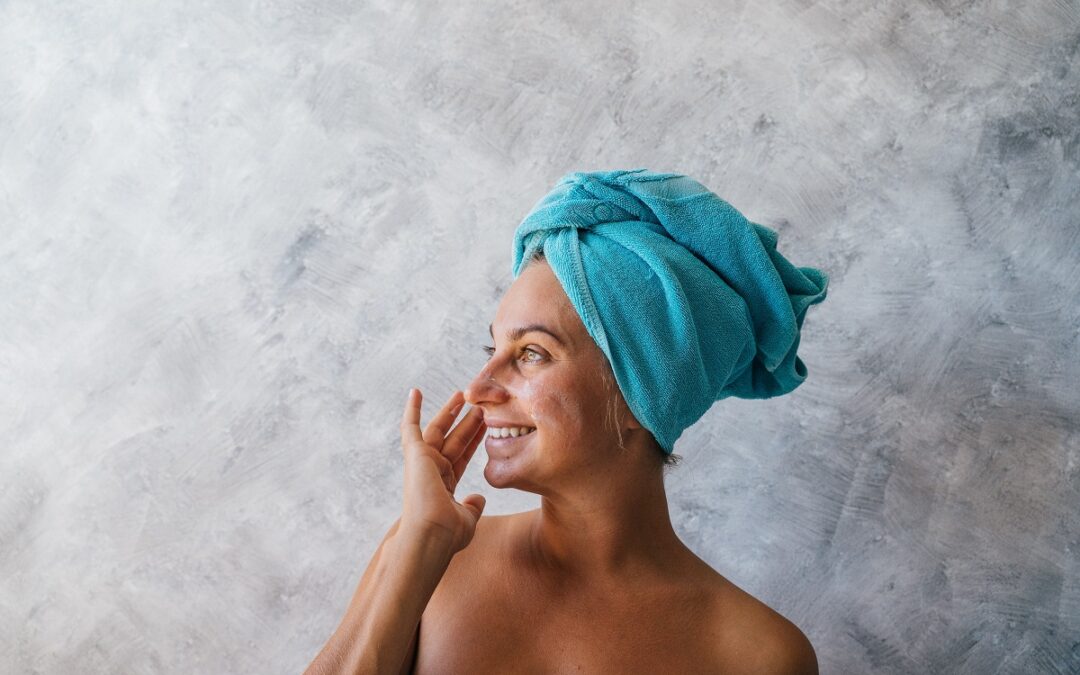This article will show you how to make dry skin moisturizer in the comforts of your home.
Dry skin.
It’s the bane of our existence.
You know the drill: you wake up in the morning, and your skin feels tight, itchy, and about as hydrated as the Sahara Desert.
You slather on some moisturizer, only to find that it does absolutely nothing.
And then you’re left with the choice: fork over a small fortune for fancy, most expensive dry skin moisturizer or live with dry, flaky skin forever.
Well, I’m here to tell you that there is a third option for skincare:
Homemade Moisturizer.
That’s right!
You can make your moisturizer at home, and it will be just as effective (if not more so) than anything you can buy at the store. Plus, it’s way cheaper and way more fun to make!
How to Get the Softest Skin Without Breaking the Bank
First, let’s talk about the ingredients you’ll need.
The base of any good moisturizer is, of course, a carrier oil.
Some of the most popular carrier oils for dry skin include coconut oil, avocado oil, and sweet almond oil. These oils are all high in fatty acids, which help to nourish and hydrate the skin.
Next, you’ll need some essential oils.
Essential oils are concentrated plant extracts packed with all sorts of skin-loving goodness.
Some of the best essential oils for dry skin include lavender, frankincense, and geranium. These oils are all known for their ability to soothe, calm, and moisturize the skin.
Finally, you’ll need some beeswax.
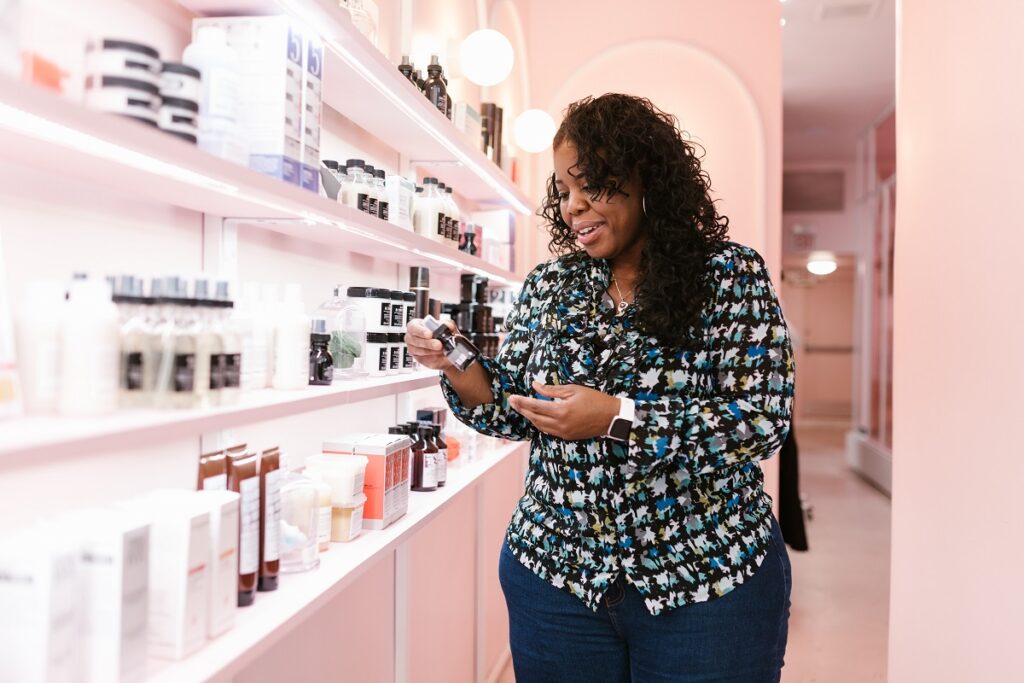
Beeswax is a natural emulsifier, which helps bind all ingredients together and makes the moisturizer nice and creamy.
Plus, it has all sorts of antibacterial and anti-inflammatory properties, which is always a plus!
Now that you have all your ingredients, it’s time to work.
Let’s make our homemade moisturizer.
Homemade Dry Skin Moisturizer
INGREDIENTS
Carrier Oil
Beeswax
Essential Oil
Double Boiler
Container
PROCEDURE
- Melt the carrier oil and beeswax together in a double boiler. Make sure the water in the bottom pot is simmering, not boiling.
- Once the beeswax is fully melted, remove the pot and let it cool slightly.
- While the mixture is still warm, add in your essential oils. Start with a few drops, and add more if you want a stronger scent.
- Pour the mixture into a container and let it cool completely.
- And that’s it! You now have your very own homemade moisturizer.
To use it, apply a small amount to your face and massage it in gently.
You can use it morning and night or whenever your skin feels dry.
But wait, there’s more!
Not only is homemade moisturizer suitable for your skin, but it’s also good for your wallet!
And good for the environment; you’re not buying a new container every time you run out.
Best Carrier Oils to Make a Dry Skin Moisturizer
Here are some of the best carrier oils for making a moisturizer for dry skin:
Coconut oil:
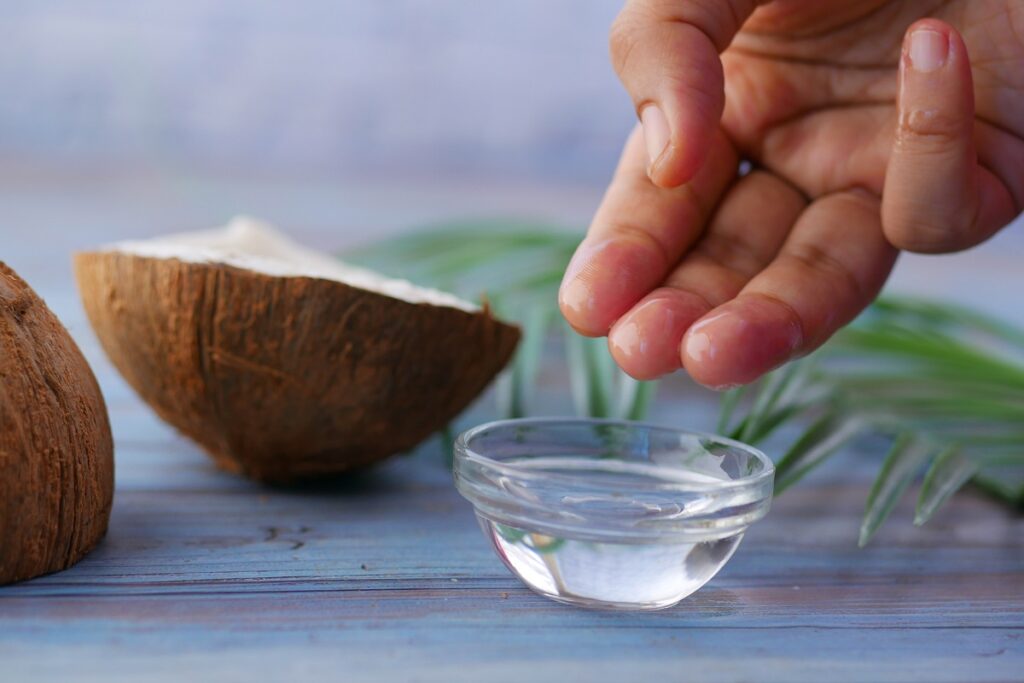
Coconut oil is high in fatty acids, which makes it great for hydrating and nourishing dry skin.
It’s also easily absorbed by the skin, making it an excellent choice for a moisturizer.
Avocado oil:
Avocado oil is also high in fatty acids and is known for its ability to moisturize the skin deeply.
It’s also rich in vitamins A, D, and E, which are great for keeping the skin healthy.
Sweet almond oil:
Sweet almond oil is another excellent option for dry skin.
It’s high in fatty acids and rich in vitamins A and E, which help keep the skin soft and supple.
Grapeseed oil:
Grapeseed oil is high in linoleic acid and antioxidants, which can help to protect the skin from environmental damage.
It’s also lightweight, making it a good choice for people with oily skin.
Macadamia oil:
Macadamia oil is rich in monounsaturated fatty acids and is known for its ability to moisturize the skin deeply.
It’s also a non-greasy oil and absorbs well.
Remember that some people can have allergic reactions to some of these oils, so it’s always best to patch test before applying them to your face.
Also, remember that carrier oils should be combined with essential oils to make the final product more effective.
Best Essential Oils to Make a Dry Skin Moisturizer
Here are some of the best essential oils for dry skin:
Lavender oil:
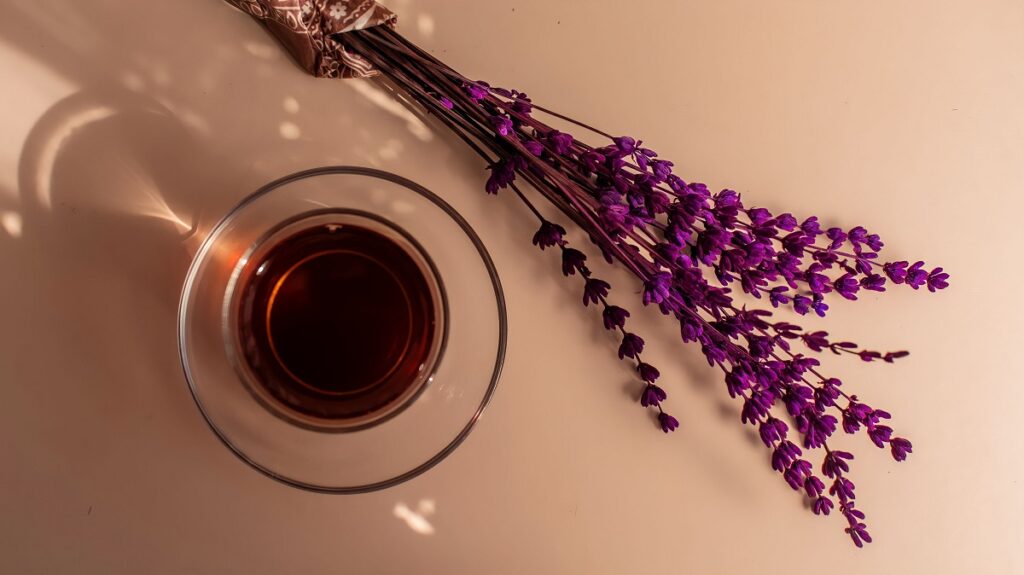
This oil is known for its soothing properties.
It’s also great for moisturizing the skin and reducing the appearance of fine lines and wrinkles.
Frankincense oil:
This oil is known for its ability to tighten and tone the skin.
It’s also great for reducing the appearance of age spots and scarring.
Sandalwood oil:
This oil is known for its ability to hydrate the skin and reduce inflammation.
It’s also great for reducing the appearance of age spots and scars.
Rosehip oil:
This oil is rich in fatty acids and antioxidants, which can help to nourish and protect the skin.
It’s also great for reducing the appearance of fine lines and wrinkles.
Chamomile oil:
This oil is known for its ability to soothe and calm irritated skin.
It’s also great for moisturizing the skin and reducing the appearance of fine lines and wrinkles.
It’s important to note that essential oils should always be diluted with a carrier oil before applying it to the skin, as they can be very potent and may cause irritation.
Always patch test before using any essential oils, especially if you have sensitive skin.
Properly Blend Carrier Oil with Essential Oils
Mixing carrier oils with essential oils is a great way to create your custom blends for aromatherapy or skin care.
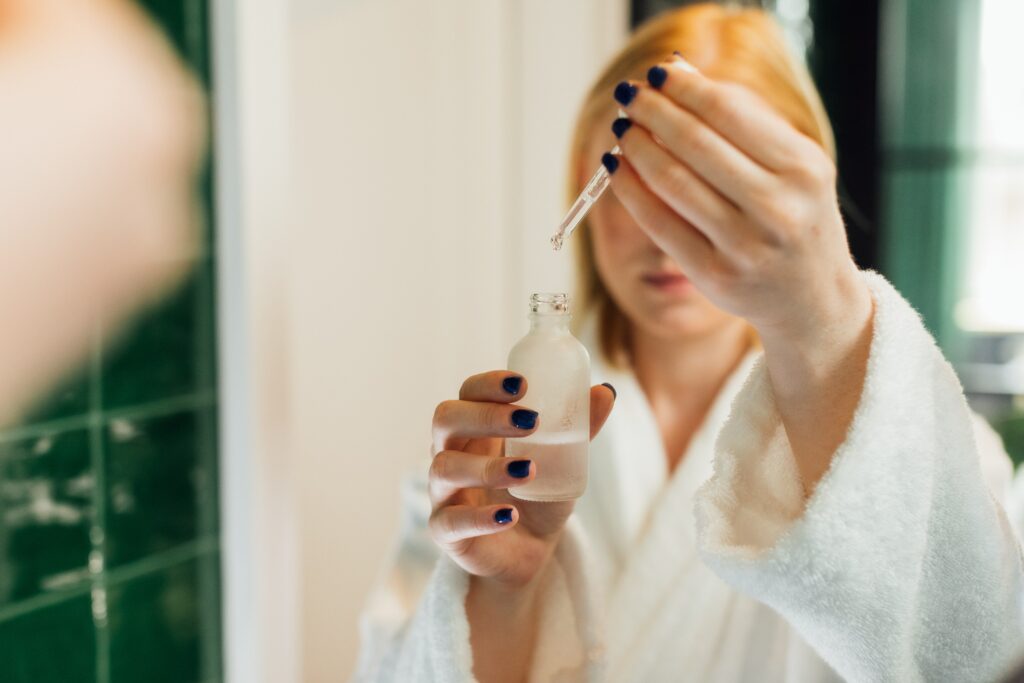
Carrier oils dilute essential oils before they are applied to the skin, as they are highly concentrated and can cause irritation if used undiluted.
Here are some steps for mixing carrier oils with essential oils:
1. Choosing a Carrier Oil
Some popular carrier oils include sweet almond oil, jojoba oil, and coconut oil.
Each carrier oil has unique properties and benefits, so choose one that will complement the essential oils you are using.
2. Determining the Dilution Ratio
A general guideline is to use a 2-3% dilution ratio for adults, which means 2-3 drops of essential oil for every teaspoon of carrier oil.
For children and pregnant women, it’s recommended to use a 1% dilution ratio.
3. Measuring Out the Carrier Oil
Using a spoon or dropper, measure the desired amount of carrier oil into a small glass or plastic container.
4. Adding the Essential Oils
Add the desired number of drops of essential oils to the carrier oil using a dropper or pipette.
5. Mixing the Concoction
Stir or shake the container to evenly distribute the essential oils throughout the carrier oil.
6. Labelling Your Blend
Write the date and the name of the oils you have used on the container so that you can keep track of your blends.
7. Always Do a Patch Test
Test the blend on a small skin area before applying it all over.
Note: Always use pure, high-quality essential oils and store them properly to ensure their potency and effectiveness. It is also important to remember that some essential oils may cause skin irritation or allergic reactions, so always use caution and do a patch test before applying.
Natural Dry Skin “Moisturizer”
What if you’re not a DIY person? Not a problem.
You can still get the benefits of homemade moisturizer without all the work.
Use natural oils and butter like coconut oil, shea butter, and cocoa butter as your moisturizer.
They are great for dry skin and can be found at most health food stores or online.
Now, let’s talk about some tips for keeping your skin hydrated.
1. Drink plenty of water
This one may seem obvious, but it’s worth repeating.
Drinking enough water is essential for keeping your skin hydrated from the inside out.
So, ensure you’re drinking at least eight glasses of water daily.
2. Avoid Hot Showers
I know, I know.
Nothing is more relaxing than a long, hot shower.
But hot water can strip the skin of its natural oils, leaving it dry and tight.
So, keep the water lukewarm and try to keep your showers short.
3. Exfoliate
Exfoliating helps to remove dead skin cells, which can clog pores and make your skin look dull.
But be gentle!
Scrub too hard, and you’ll end up causing more harm than good.
4. Use a Humidifier
Dry air can be a big problem for people with dry skin.
A humidifier can help to add moisture back into the air, which can make a big difference in how your skin looks and feels.
5. Don’t Forget Your Sunscreen
Sunscreen protects your skin from harmful UV rays, but many sunscreens can dry. Look for a sunscreen that is specifically formulated for dry skin.
Dry Skin Moisturizer
In conclusion, homemade moisturizer is a great way to save money and be kind to your skin.
With the right ingredients and a little know-how, you can make a moisturizer that is just as effective as anything you can buy at the store.
And remember, drinking water, avoiding hot showers, exfoliating, using a humidifier, and using sunscreen are all keys to keeping your skin hydrated.
And that’s it!
With these tips and your homemade moisturizer, you’ll be on your way to the softest, most hydrated skin of your life.
So, go forth and moisturize!

